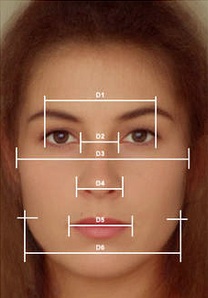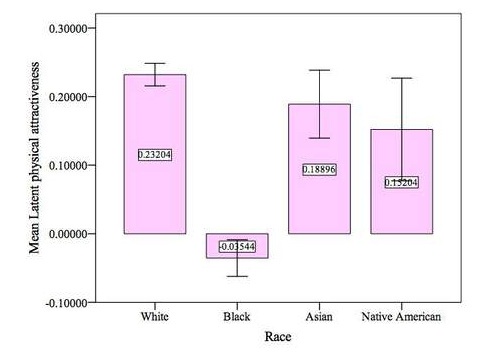Cross-posted at Jezebel.
I recently posted some data revealing the average caloric intake across the globe. Since then, I’ve learned of a new photo project by Peter Menzel and Faith D’Aluisio documenting individuals’ daily meals across many countries. While the former post gave averages, the photographs in Menzel and D’Aluisio’s new book, What I Eat, offer data points. What one person reported eating in one day. They are suggestive of the range of caloric intakes, intersecting with genetics and physical activity, that make each individual body unique.
Menzel and D’Aluisio, through Tawanda Kanhema, gave us permission to share these three examples with you; you can see a larger sample at TIME.
Saleh Abdul Fadlallah (Egypt), 3200 calories:
Caption:
Camel broker Saleh Abdul Fadlallah with his day’s worth of food at the Birqash Camel Market outside Cairo, Egypt. (From the book What I Eat: Around the World in 80 Diets.) The caloric value of his day’s worth of food on a typical day in the month of April was 3200 kcals. He is 40 years of age; 5 feet, 8 inches tall; and 165 pounds. Although virtually all of the camels that Saleh Fadlallah sells at the camel market are sold for their meat, he rarely eats this meat himself as it’s too expensive for everyday meals. Contrary to popular belief, camels’ humps don’t store water; they are a reservoir of fatty tissue that minimizes heat-trapping insulation in the rest of their bodies; the dromedary, or Arabian camel, has a single hump, while Asian camels have two. Camels are well suited for desert climes: their long legs and huge, two-toed feet with leathery pads enable them to walk easily in sand, and their eyelids, nostrils, and thick coat protect them from heat and blowing sand. These characteristics, along with their ability to eat thorny vegetation and derive sufficient moisture from tough green herbage, allow camels to survive in very inhospitable terrain.
Rick Bumgardener (Tennessee, USA), 1600 calories:
Caption:
Rick Bumgardener with his recommended daily weight-loss diet at his home in Halls, Tennessee. (From the book What I Eat: Around the World in 80 Diets.) The caloric value of his day’s worth of food in the month of February was 1,600 kcals. He is 54 years of age; 5 feet, 9 inches tall; and 468 pounds. Wheelchair-bound outside the house and suffering from a bad back and type 2 diabetes, he needs to lose 100 pounds to be eligible for weight-loss surgery. Rick tries to stick to the low-calorie diet pictured here but admits to lapses of willpower. Before an 18-year career driving a school bus, he delivered milk to stores and schools, and often traded with other delivery drivers for ice cream. School cafeteria staff would feed the charming Southerner at delivery stops, and he gained 100 pounds in one year. The prescription drug fen-phen helped him lose 100 pounds in seven months, but he gained it all back, plus more.
Curtis Newcomer (Fort Irwin, California), 4000 calories:
Caption:
Curtis Newcomer, a U.S. Army soldier, with his typical day’s worth of food at the National Training Center at Fort Irwin in California’s Mojave Desert. (From the book What I Eat: Around the World in 80 Diets.) The caloric value of his day’s worth of food in the month of September was 4,000 kcals. He is 20 years old; 6 feet, 5 inches tall; and 195 pounds. During a two-week stint before his second deployment to Iraq, he spends 12-hour shifts manning the radio communication tent (behind him). He eats his morning and evening meals in a mess hall tent, but his lunch consists of a variety of instant meals in the form of MREs (Meals, Ready-to-Eat). His least favorite is the cheese and veggie omelet. “Everybody hates that one. It’s horrible,” he says. A mile behind him, toward the base of the mountains, is Medina Wasl, a fabricated Iraqi village—one of 13 built for training exercises, with hidden video cameras and microphones linked to the base control center for performance reviews.
For more from Peter Menzel, visit our posts on family food for a week and family belongings across the globe. And also see Mark Menjivar’s You Are What You Eat.
Visit Menzel’s blog here.
Lisa Wade, PhD is an Associate Professor at Tulane University. She is the author of American Hookup, a book about college sexual culture; a textbook about gender; and a forthcoming introductory text: Terrible Magnificent Sociology. You can follow her on Twitter and Instagram.
















